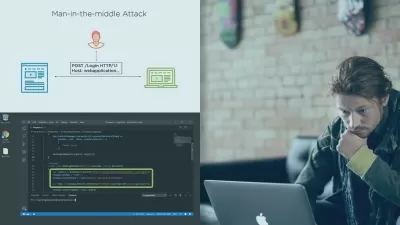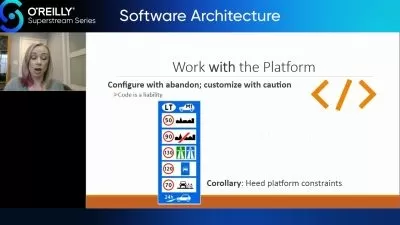ISC2 Certified Secure Software Lifecycle Professional (CSSLP) (2023) Cert Prep
Jerod Brennen
13:41:20
Description
The Certified Secure Software Lifecycle Professional (CSSLP) certification is designed for software development and security professionals, including software architects, developers, project managers, security managers, quality assurance testers, and anyone responsible for ensuring the security of software applications throughout the development lifecycle. This comprehensive course with instructor Jerod Brennen helps you prepare to tackle the official CSSLP exam. Explore the core concepts and fundamental skills required for each of the eight domains of the exam: Secure Software Concepts; Secure Software Lifecycle Management; Secure Software Requirements; Secure Software Architecture and Design; Secure Software Implementation; Secure Software Testing; Software Deployment, Operations, and Maintenance; and Secure Software Supply Chain.
More details
User Reviews
Rating
Jerod Brennen
Instructor's Courses
Linkedin Learning
View courses Linkedin Learning- language english
- Training sessions 143
- duration 13:41:20
- English subtitles has
- Release Date 2024/08/12










